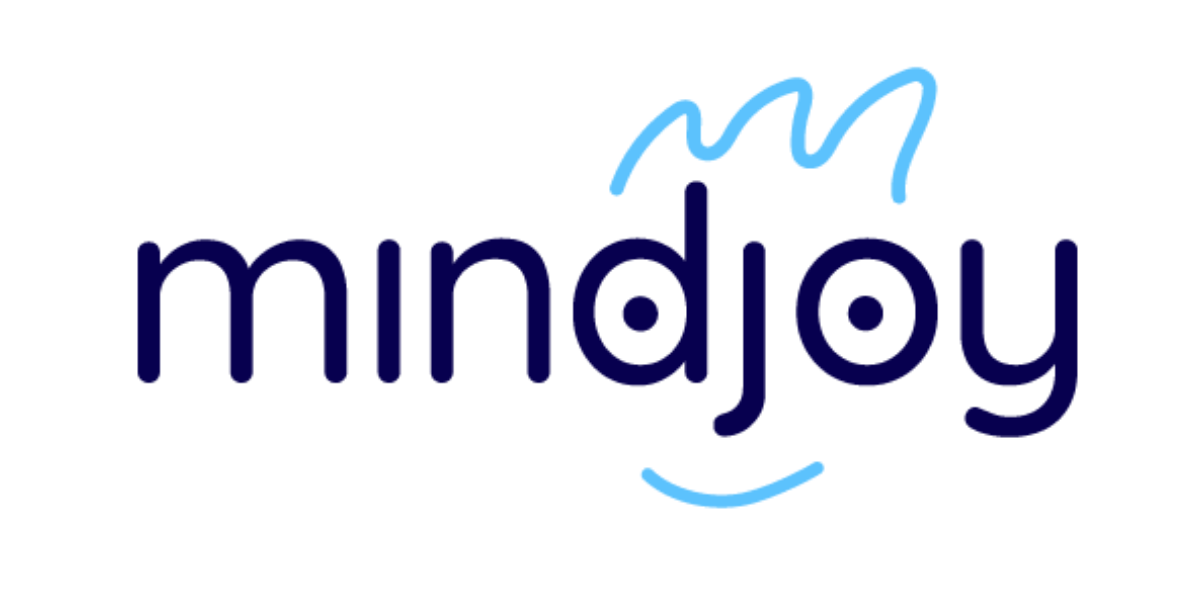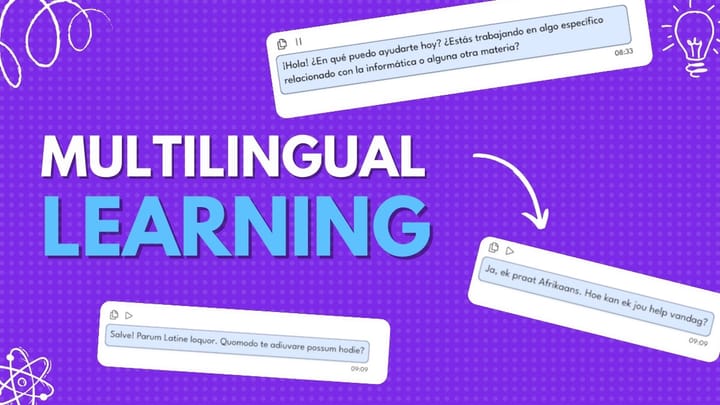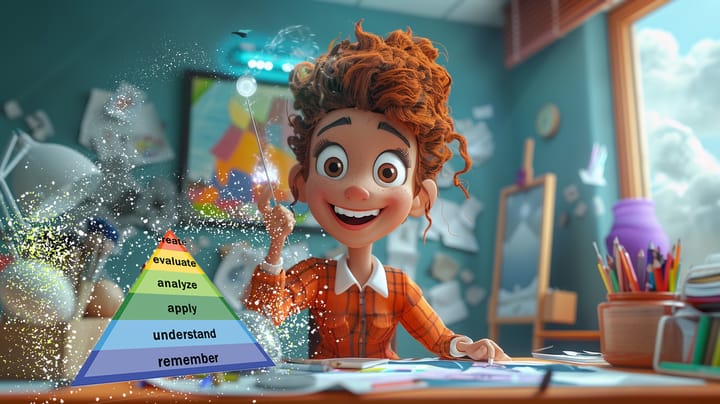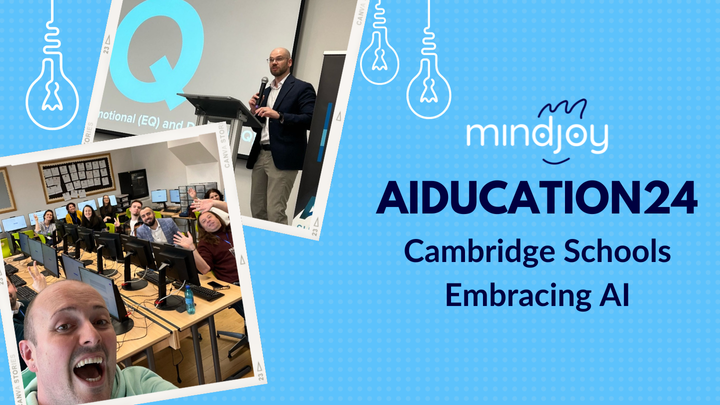Beyond the Buzzwords: How Generative AI Can Elevate STEM Education
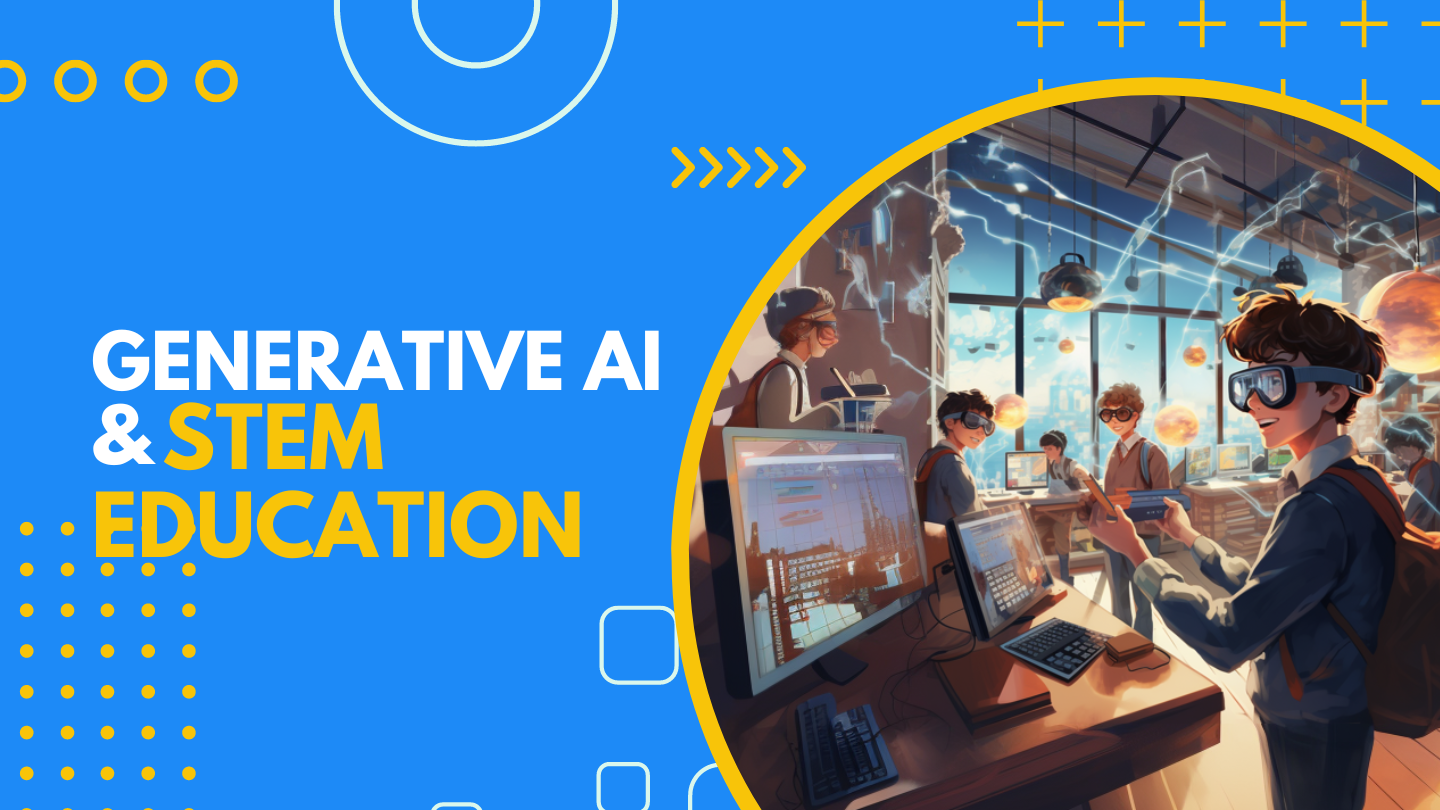
STEM (Science, Technology, Engineering, and Mathematics) is no longer the geek-chic term for high-tech jobs – it's the future's job market itself. The skills cultivated in STEM subjects develop a mindset that’s ready to tackle not just the algorithms of today, but the uncharted challenges and opportunites of tomorrow… and generative AI has a potentially huge role to play.
Adaptive learning or mastery based AI systems are not new to classrooms. Some already use this tech to tailor instruction and cater to individual students' needs by adapting the learning content and pace (based on progress and mastery of concepts). Generative AI however, is a whole new ball game. To fully explore the potential of this technology, we need to understand that we are undergoing a fundamental paradigm shift where personalised learning can take on a whole new form.
Instead of merely adjusting content based on a student's performance, generative AI has the capability to create entirely new and unique learning experiences and materials. It has the potential to generate original content, assessments, and learning pathways, offering an unprecedented level of innovation in education. We’d venture a guess that this technology is not going to just be the cherry on top of the STEM cake, but the baking soda, causing a fascinating rise in learning.
Let’s explore how generative AI can transform STEM education from a conventional classroom subject into a thrilling exploration that students are excited and curious to embark on.
Imagining the future: how AI can become STEM’s ultimate side-kick
While still in its developing phase, AI holds promise in addressing many of the challenges which STEM teachers face.
- Resource Constraints: Limited access to necessary equipment, materials, and software are common problems for many teachers. Imagine a virtual laboratory, for example: as safe as a pillow fort but as exciting as a space mission! Virtual labs could one day substitute for costly physical equipment, making learning interactive and affordable.
- Large Class Sizes: High student-to-teacher ratios makes it challenging to provide the hands-on, personalised learning experiences that STEM education requires. AI-driven platforms adapt to individual students' learning styles and pace, making personalized education possible for large classes (imagine each student with a personal STEM tutor in their pocket). It also enables teachers to provide customized resources, exercises, and challenges to each student, maximizing their engagement and understanding.
- Curriculum and Pedagogical Challenges: The breadth of STEM curriculum and the pressure of standardized testing often clash with experiential learning. Additionally, traditional teaching methods may not be effective for the experiential, problem-based learning that STEM often requires. Generative AI can aid teachers in creating interactive, cross-disciplinary, problem-based learning scenarios, offering teachers a creative, holistic approach to teaching students a more experiential form of learning.
- Engagement and Diversity: Addressing the issue of engagement and promoting diversity in STEM fields finds a promising solution in AI-powered learning platforms. Generative AI harnesses the potential to create real-world experiences that resonate with learners from all walks of life, providing accessible and relatable contexts for the application of STEM concepts. By breaking down barriers and offering a glimpse into the practical significance of these subjects, AI-driven approaches inspire learners from different backgrounds a chance to see the value of these subjects in applied contexts.
At this moment, there is much still to be explored and some of these AI solutions might feel far off for your school, but the landscape of education is evolving at an unprecedented pace, making what seems distant today closer than we might think. AI is becoming more accessible, affordable, and user-friendly, breaking down the barriers to adoption. By linking the challenges of STEM education directly to AI's capabilities, we can witness a future where personalized learning, dynamic classrooms, and engaged students are the norm.
Ensuring ethical use and maintaining a balance between AI integration and human interaction will still remain critical, however, teachers should approach it with as much curiosity as they do caution. By harnessing the power of generative AI, we can prepare our students to take the reins of the ever-evolving digital world. After all, we’re not just teaching them to make a living, but inspiring them to make a difference.
So, perhaps the question now isn’t 'How can generative AI elevate STEM?' but ‘How can we embrace this fantastic opportunity?' And if you're scratching your head wondering how to get started, remember – Mindjoy is here to help.
